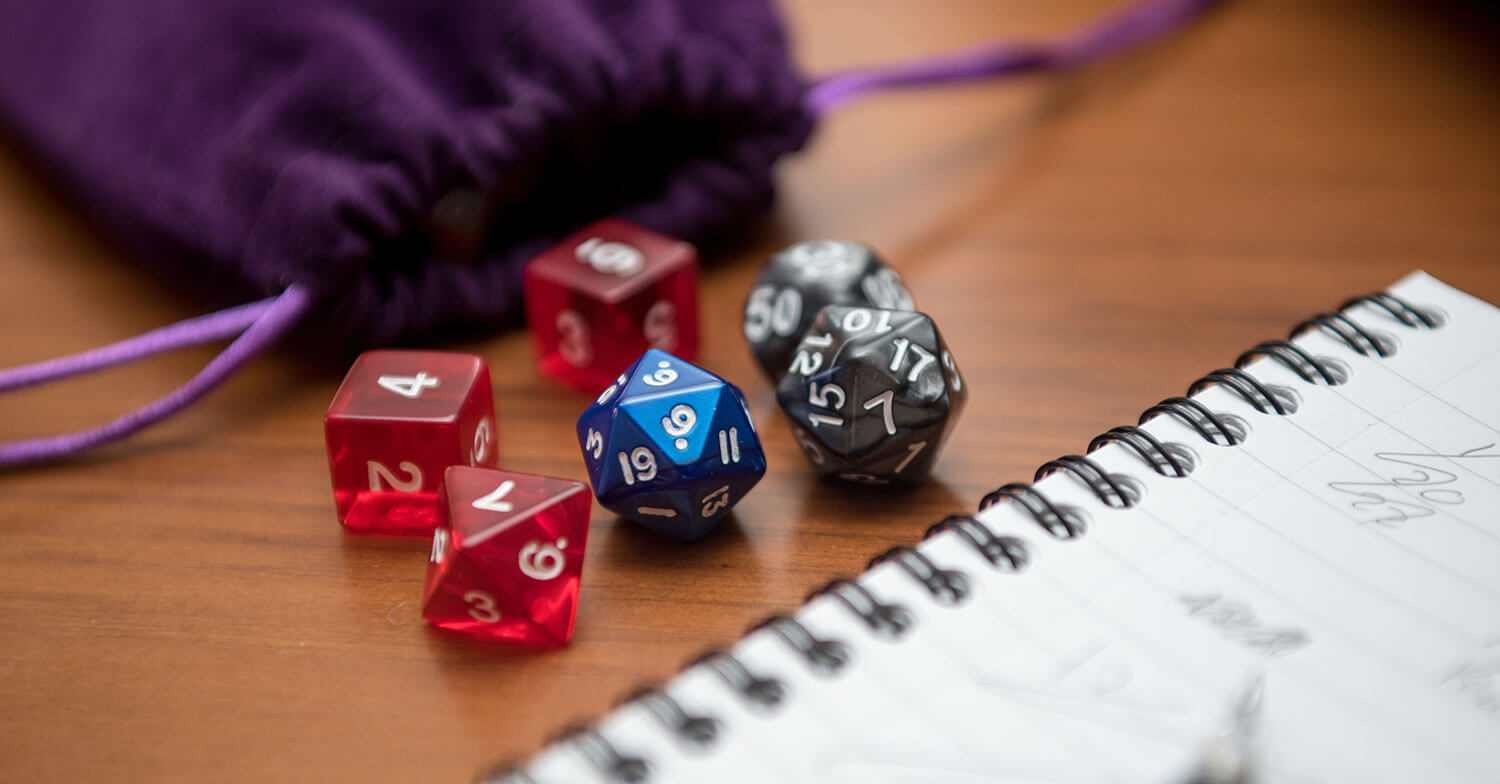BABIP
Batting average on balls in play
Example
Did you know that Rod Carew had one of the best BABIP seasons in 1977 at .408?
Dang! He's a great hitter

Related Slang
| avg | Batting average |
| AB | At bat |
| HR | Home run |
| Single | Hit that results in the batter getting to first base |
| Double | Hit that results in the batter getting to second base |
| Triple | Hit that results in the batter getting to third base |
| K | Strikeout |
| SO | Strikeouts |
| SF | Sacrifice Flies |
| OPS | On-base Plus Slugging Percentage |
| SLG | Slugging percentage |
 Can you survive our Dungeons & Dragons slang quiz?
Can you survive our Dungeons & Dragons slang quiz?
BABIP is a baseball statistic representing a player's batting average based only on the balls they hit into the field of play. It's similar to the avg statistic but removes instances where the batter does not put the ball into play that the opposing team can defend (strikeouts and home runs).
For example, an MLB player at the start of the season may have 8 hits out of 24 at-bats for a batting average of .333 (8 divided by 24). But if 2 of his hits are home runs and 5 of his outs are strikeouts, his BABIP is .352 (6 divided by 17).
Origin of BABIP
Voros McCracken is credited with introducing the BABIP stat in 2000. Since the introduction, many in the MLB have embraced it to better evaluate pitchers' and hitters' effectiveness with balls put in play.
You may hear announcers use it during a broadcast, see fans use it on social media, and listen to analysts referencing it when evaluating players. The formula that calculates BABIP is (Hits - Home runs) divided by (At bats - Strikeouts - Home runs + Sacrifice flies).